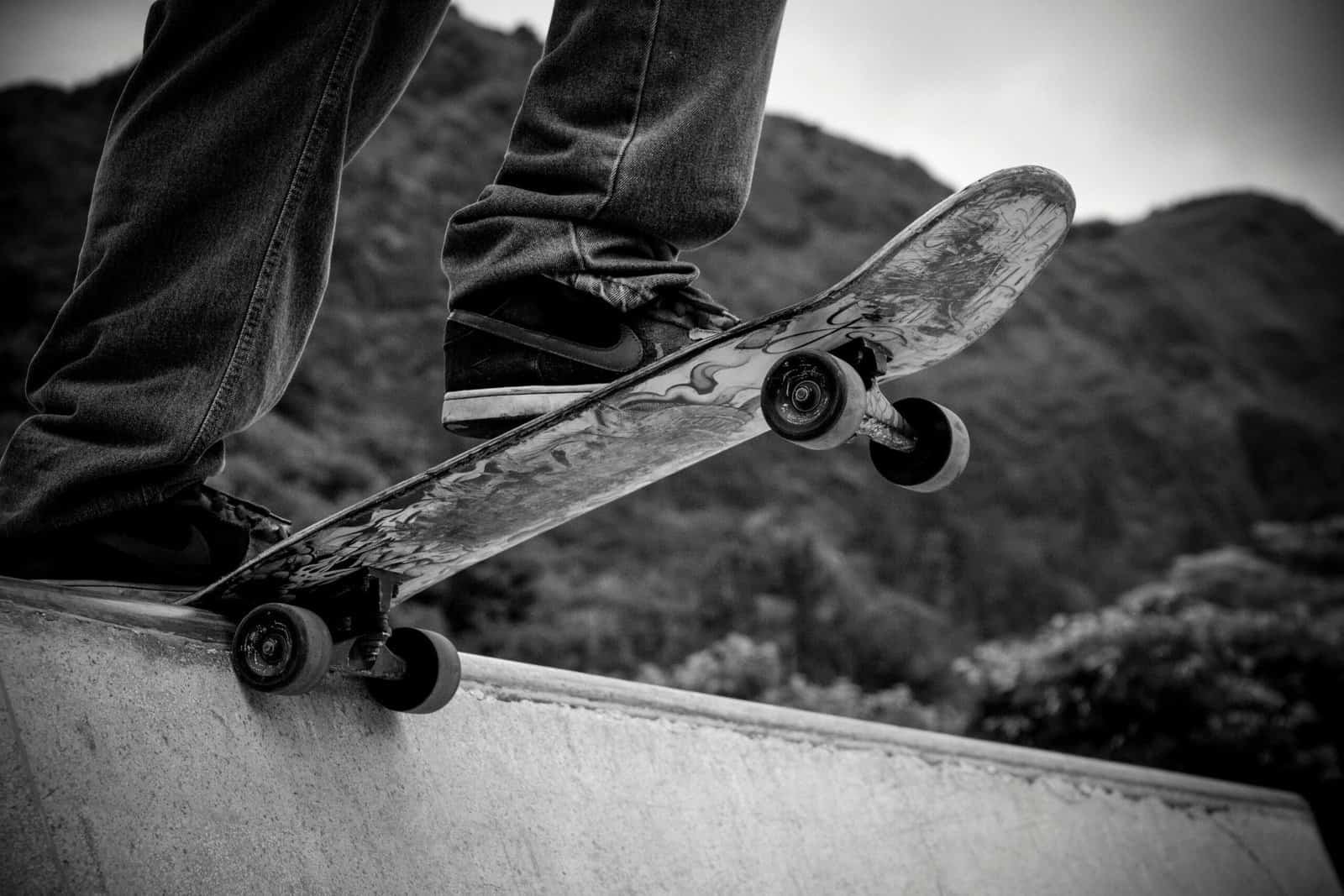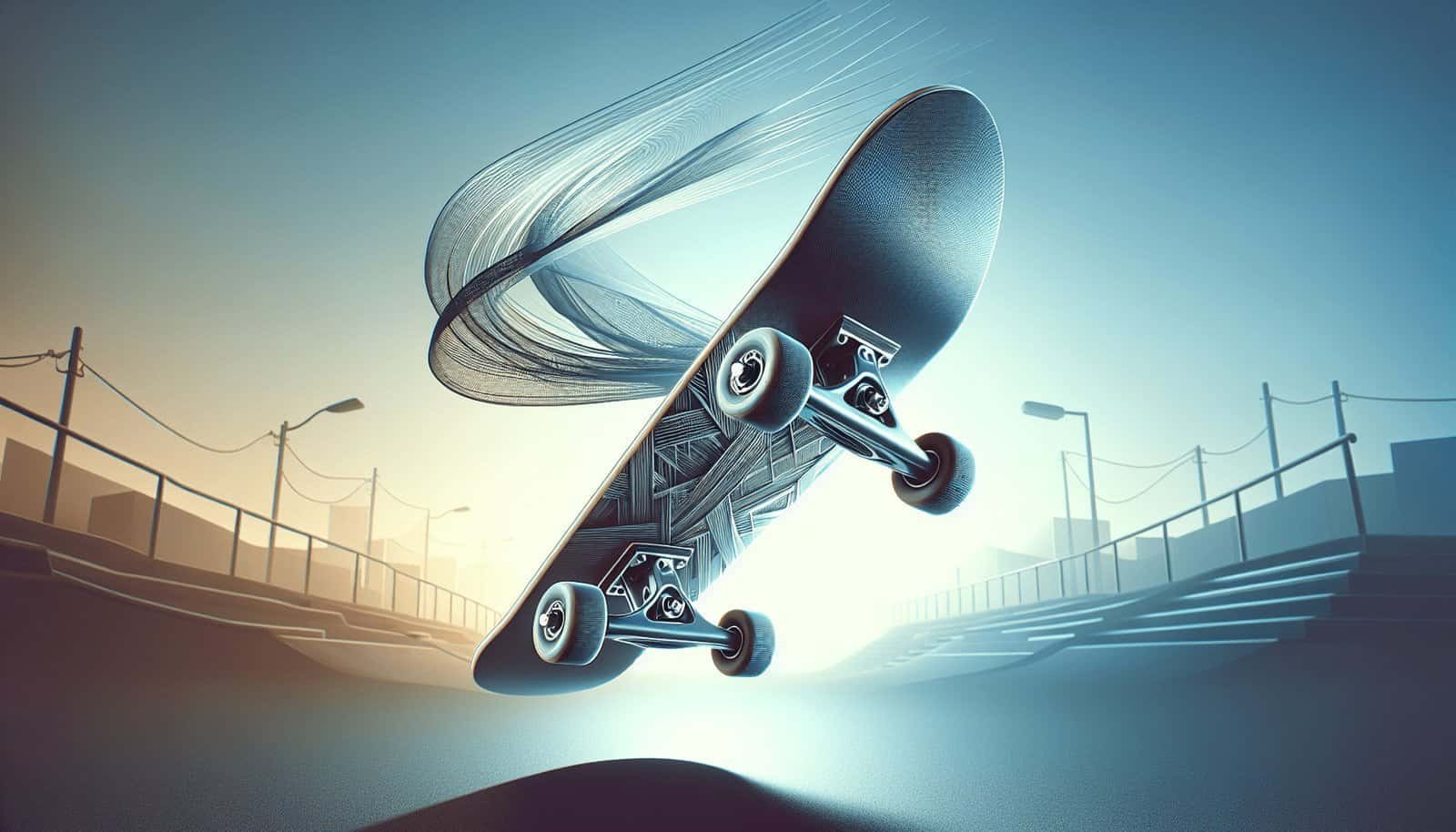Have you ever watched someone glide effortlessly on a skateboard, maintaining perfect balance while lifting only the front or back wheels off the ground? This impressive maneuver is known as a “manual,” and it’s a skill that blends balance, control, and style. Whether you’re an aspiring skater or just looking to add a new trick to your repertoire, learning how to do a manual on a skateboard can be an exciting challenge.
What Exactly is a Skateboard Manual?
Understanding what a manual is, lays the foundation for performing this trick. Essentially, a manual is the skateboarding equivalent of a wheelie on a bicycle. It involves riding your skateboard with the front or back wheels off the ground, using your core strength and balance to maintain this position for an extended distance or time.
Why Learn the Manual?
Before diving into the technique, let’s consider why you’d want to learn the manual. For skaters, manuals open the door to new tricks and combinations, allowing you to link different maneuvers seamlessly. They improve your balance and control on the board, making other tricks easier. Plus, manuals are versatile, allowing you to perform them on flat ground, across obstacles, or even off curbs for added flair.

Essential Equipment for Practicing Manuals
Having the right gear is crucial for safety and effectiveness when practicing manuals. Here’s a quick rundown of what you need:
| Equipment | Description |
|---|---|
| Skateboard | A good-quality skateboard with a stable deck and responsive trucks is ideal. |
| Protective Gear | Includes a helmet, knee pads, elbow pads, and wrist guards to minimize injury. |
| Flat Surface | Find a smooth, even surface like a skate park, empty parking lot, or flat pavement for practice. |
Preparing Your Skateboard
Before attempting to do a manual, ensure that your skateboard is in top condition. Check that the trucks are tight enough to provide stability but loose enough to allow for easy movement. Insufficient tension can make it difficult to maintain balance, while overly tight trucks can hinder your ability to steer. Adjust the wheel placement if necessary and ensure the grip tape on the deck is clean for optimal traction.

Balance and Stance
Your balance and stance are the starting points for mastering manuals. Begin by standing still and positioning your feet properly on the skateboard. Your front foot should be placed near the bolts on the front, while your back foot should be resting on the tail of the board.
Finding Your Center of Gravity
Understanding your center of gravity is crucial. This point might differ slightly depending on your body type, but generally, it’s near your lower abdomen. Feel it while standing on the skateboard without moving. Shift your weight from one foot to another to understand how this affects balance.
Practicing Balancing Techniques
Balance is an integral part of executing a successful manual. A good practice is to stand on the board while keeping both sets of wheels firmly on the ground. Slightly lean forward and backward to feel how weight shifts affect your stability. This exercise helps in building the muscle memory needed for more complex tricks.
How to Execute a Manual
Executing a manual involves several steps, each essential to keep you balanced and moving smoothly:
1. Start with a Rolling Motion
Get comfortable with rolling motion first. Push off the ground using one foot to start moving, then place that foot on the skateboard. Gradually increase your speed to a comfortable level.
2. Lift and Balance
Once you’re rolling steadily, it’s time to lift. Keep both feet in their respective positions. Apply pressure on the back foot while simultaneously leaning back slightly. This pulls the front wheels off the ground, entering you into a manual position.
3. Maintain Your Position
Maintaining the manual stance requires practice. Keep your body relaxed but focused. Your front foot should be lifted, and your back foot should be slightly bent. This position comes with time, so practice holding it longer each session.

Common Mistakes and How to Avoid Them
Making mistakes is part of learning and improving. Here are a few common errors in performing a manual and tips on how to avoid them:
| Mistake | Avoidance Strategy |
|---|---|
| Leaning too far back | Keep a slight bend in your knees and focus on your center of gravity. Use subtle weight shifts. |
| Inconsistent speed | Maintain a comfortable and constant speed before lifting the front wheels for balance. |
| Lack of focus on core | Engage your core muscles; these are crucial for stability and preventing falls. |
Building Up Distance and Consistency
Progress comes with persistence, so aim to increase the length of time you can hold a manual and the distance covered. Use landmarks as markers for distance—challenge yourself to reach a point slightly farther away each time. Gradually, it will improve your endurance and balance.

Adding Style: Variations of Manuals
Once you’ve nailed down the basic manual, it’s time to add some flair. There are several variations you can experiment with to make your manuals more exciting:
Nose Manual
Instead of lifting the front wheels, try lifting the back wheels off the ground, balancing on the front wheels and practicing the same manual techniques.
Manual to Tricks
Combine manuals with tricks to create a seamless sequence. For instance, transition from a manual into a kickflip or an ollie. These combos challenge your skills and add visual appeal to your routines.
Safety Tips for Practicing Manuals
While manuals are less dangerous than other high-flying tricks, caution should still be exercised. Here are a few safety tips:
- Always wear protective gear to prevent scrapes and bruises.
- Practice in safe spaces free of traffic and other hazards.
- Be aware of your surroundings, including pedestrians and uneven surfaces.

How to Overcome Plateaus
As with any skill, you might hit a plateau where progress halts. When that happens, try these techniques to push through:
- Vary your practice locations to challenge your ability to adapt.
- Practice different variations of manuals to improve overall board control.
- Watch tutorial videos to gain new perspectives and tips.
When to Ask for Help
There’s no shame in seeking assistance. If you’re struggling or unsure about your technique, consider joining a local skateboarding class or asking a more experienced skater for advice. They can provide tailored tips and real-time feedback.
Celebrating Your Progress
Remember to celebrate your achievements, no matter how small they may seem. Set progress goals and reward yourself when you reach them. Positive reinforcement keeps motivation high and makes practicing more enjoyable.
Conclusion
Learning how to do a manual on a skateboard might seem daunting initially, but with the right approach, you’ll be balancing like a pro in no time. Focus on honing your balance, maintaining flexibility, and persisting through challenges. Before you know it, manuals will become a natural part of your skateboarding skill set. Enjoy the journey, and remember, every great skater started where you are now!
